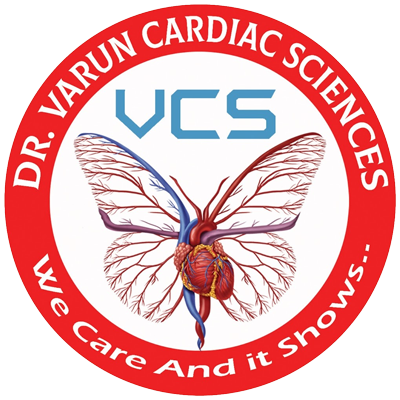What is Open & Laparoscopic Surgery?
Gastroenterology, a medical field focusing on the digestive system, often involves surgical procedures to diagnose, treat, and manage various gastrointestinal (GI) conditions. Two common surgical techniques used in gastroenterology are open surgery and laparoscopic surgery. Both methods aim to address issues within the digestive tract but differ significantly in their approach, recovery time, and impact on the patient.
What is Open Surgery?
Open surgery, also known as traditional surgery, involves a large incision made in the abdomen to provide the surgeon with direct access to the organs. This method has been the cornerstone of surgical treatment for many years.
During an open surgery, the surgeon makes a single, large incision to expose the area needing treatment. This direct access allows the surgeon to see and touch the organs, which can be beneficial in complex or unclear cases. The procedure requires general anesthesia and a hospital stay for recovery.
Advantages
- Direct Visualization and Access: The surgeon can directly see and feel the organs, which can be critical in complicated cases.
- Effectiveness in Complex Cases: Certain conditions, such as large tumors or extensive scarring from previous surgeries, may necessitate an open approach for effective treatment
- Wide Range of Procedures: Open surgery is versatile and can be used for a variety of gastrointestinal procedures, from removing tumors to repairing hernias
What is Laparoscopic Surgery?
Laparoscopic surgery, often referred to as minimally invasive surgery, uses small incisions and specialized instruments to perform the operation. This technique has revolutionized many surgical procedures, including those in gastroenterology.
In laparoscopic surgery, several small incisions are made in the abdomen. Through these incisions, a laparoscope (a thin tube with a camera) and other surgical instruments are inserted. The camera provides a magnified view of the internal organs on a monitor, guiding the surgeon during the procedure. This method typically requires general anesthesia and may involve a shorter hospital stay compared to open surgery.
Advantages
- Reduced Recovery Time: Smaller incisions mean patients can often go home sooner and return to normal activities more quickly.
- Less Pain and Scarring: The smaller incisions result in less postoperative pain and minimal scarring.
- Lower Risk of Complications: The minimally invasive nature reduces the risk of infections and other complications
- Enhanced Precision: The magnified view provided by the laparoscope can enhance surgical precision
Comparative Analysis
Suitability
The choice between open and laparoscopic surgery depends on various factors, including the patient’s overall health, the specific condition being treated, and the surgeon’s expertise. Laparoscopic surgery is generally preferred for its minimal invasiveness, but open surgery remains crucial for cases requiring direct access to the organs.
Recovery and Outcomes
Patients undergoing laparoscopic surgery typically experience a quicker recovery with less pain and fewer complications. However, for extensive or complex surgeries, open surgery might offer better outcomes despite the longer recovery period
Technological and Skill Considerations
Laparoscopic surgery demands advanced technology and highly skilled surgeons proficient in the technique. As medical technology continues to evolve, the range of conditions treatable by laparoscopy expands, making it an increasingly common choice
Both open and laparoscopic surgeries are essential techniques in gastroenterology, each with its distinct advantages and limitations. Open surgery offers unparalleled direct access and is indispensable for complex cases, while laparoscopic surgery provides a minimally invasive option with faster recovery and fewer complications. Patients should discuss with their healthcare providers to understand which approach best suits their individual needs and circumstances. The ongoing advancements in surgical technology and techniques continue to enhance the safety and efficacy of both methods, ultimately improving patient outcomes in gastrointestinal care.

